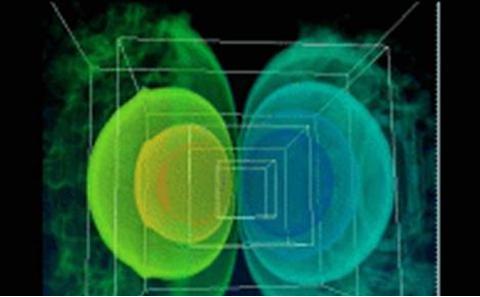Applied Seminar - Can you hear the shape of a country? James Burridge, University of Portsmouth Seminar

- Time:
- 12:00 - 14:00
- Date:
- 10 October 2017
- Venue:
- Building 85, Room 2209, University of Southampton, Southampton, SO17 1BJ
For more information regarding this seminar, please email Philip Greulich at P.Greulich@southampton.ac.uk .
Event details
Language is evolving everywhere, all the time. As a result, people from different parts of a country may use their language in quite different ways. These locally distinct versions are called dialects, or just accents if the differences are subtler. To map this geographical variation, linguists draw lines called “isoglosses” which mark boundaries across which some linguistic variable (a word, a pronunciation, or an element of syntax) changes. In this talk I will present a model for the dynamics of these lines based the assumption that people tend to conform to the language use they hear in the regions where they spend most of their time. I will show that isogloss velocity is given by a modification of the Allen-Cahn equation for the motion of magnetic domain walls in condensed matter physics. This linguistic Allen-Cahn equation predicts that isoglosses are driven down population gradients, feel surface tension, and that their end points tend to collect in boundary indentations such as river mouths and bays. I show how these effects link the shape of a country to the geographical pattern of its dialect areas, matching the observations of linguists, and that the proposed dynamics explain a range other empirical linguistic observations. These include isogloss bundles, Seguy’s curve, and the Rhenish fan. Finally, I will explore the effects of long range interaction networks and population mixing, and discuss applications outside of linguistics.
Speaker information
Dr James Burridge, University of Portsmouth. I am a senior lecturer in the Department of Mathematics at the University of Portsmouth. I studied Physics at the University of Warwick, and then did a PhD in Statistical Physics at the University of Cambridge.